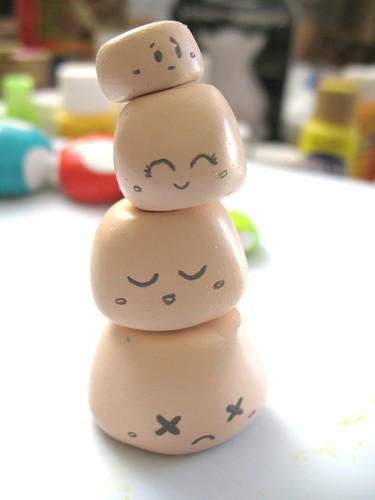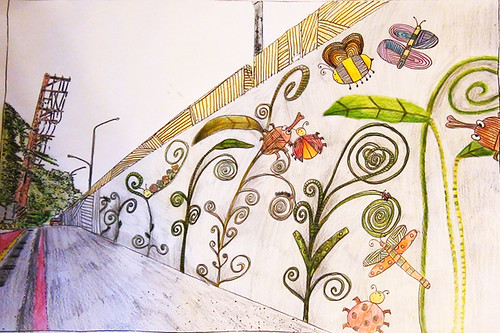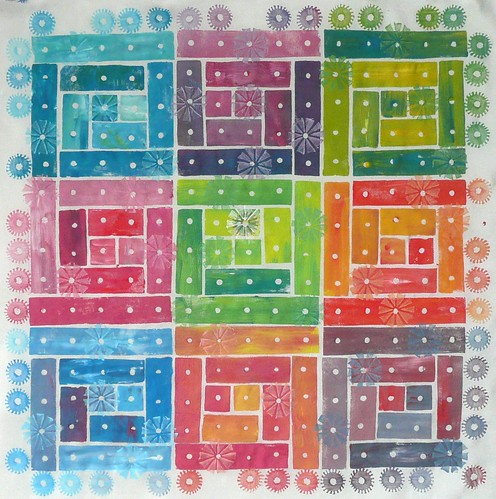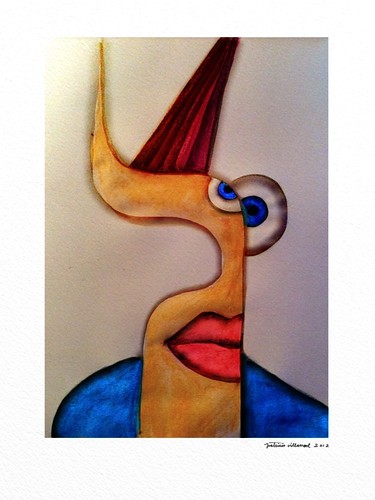First and Second Class
ARTS EDUCATION
Yearly Scheme for Art

![]() Photo Credit: Lester Public Library via Compfight
Photo Credit: Lester Public Library via Compfight
The time allocation for Arts Education (Art, Drama & Music) in 1st/2nd is three hours per week.
I plan for there to be extensive integration with topics from other subject areas e.g.,
with Language Development; English Irish, Mathematics, R.E., SESE, SPHE, etc.
ASSESSMENT
I will assess the children’s progress in Art through
- teacher observation,
- some teacher designed tasks
- and by saving samples of their work in a mini portfolio from September, December & June.
I will be particularly interested in their ability
- to express themselves through their work;
- their ability to learn new skills;
- to follow instructions and to follow a process.
I would also like the children to assess their own learning
- informally through discussion during and after class
- and formally in Looking and Responding exercises.
There will be Parent/Teacher Meetings in December
School Reports in June.
DIFFERENTIATION
I believe that every child is capable in the area of Art.
The range of activities will give each child the opportunity to be successful in this subject.
Arts Education; Art
Objectives; That the child should be enabled to
- work from their own experience and imagination
- use materials and tools as stimulus
- work from observation and curiosity
- use the work of artists and craft people as stimulus
- have an opportunity to work with two and three dimensional forms
- learn about process and product
A typical lesson will comprise of;
Step One; The stimulus
Step Two; The activity
Step Three; Evaluation
Concepts and skills development
Objectives; that the child would learn about the following concepts;
- an awareness of line
- shape
- form
- colour & tone
- texture
- pattern & rhythm
- space
These concepts and skills will be developed as strands that follow are covered.
Strands;
– Opportunities to Draw;
So that the child can express him or herself
with the marks that can be made with a variety of drawing instruments
on a range of surfaces.
![[mb] Scary Faces [mb] Scary Faces](http://farm1.staticflickr.com/83/245120787_c04b8d2649.jpg)
![]() Photo Credit: merrick brown via Compfight
Photo Credit: merrick brown via Compfight
– Use Paint and Colour;
Expressing him or herself by experimenting
with a variety of colour drawing instruments and media
Using Computer Programme ‘Paint’
– Print;
To start with; using different textures and shapes, one or two colours.
Then beginning to organise print marks purposefully.
Overprinting
Relief prints
Mask outs
Computer experiments

![]() Photo Credit: Denise Cortez via Compfight
Photo Credit: Denise Cortez via Compfight
-Use of Clay;
exploring, manipulating, inventing, discovering the possibilities of clay
as a medium for imaginative expression.
Also coil pots and pinch pots.

![]() Photo Credit: Imajica Amadoro via Compfight
Photo Credit: Imajica Amadoro via Compfight
-Construction;
explore and experiment with the properties and characteristics
of materials in making structures.
Making imaginative structures.
– Creating in Fabric and Fibre;
exploring the possibilities of fabric and fibre
as media for imaginative expression.
Simple Collages
We will be knitting
Looking and responding will be an important aspect of each strand.
This will involve language development.
Looking at the work of other artists
Step One; Looking at and responding to the work
Step Two; The follow up may involve
using art work the child has seen
as a starting point for their own work.
Using a variety of techniques/media;
Painting;
- finger painting
- blow painting
- splatter painting
- marbling
- paint & crayon overlay
- paint & crayon resist
- paper batik designs
Drawing;
- using charcoal
- chalks
- crayons
- metallic crayons
- pencil
- colouring pencils
- markers
- doing crayon rubbings
- stencilling,
Construction; 2D&3D;
- paper sculpture
- tearing
- cutting & pasting
- fringing
- pleating
- curling & weaving
- montage& collage
- using found objects
Printing; to include;
- over printing
- and fold over printing
- relief prints
- mask outs
Fabric and Fibre;
- collage
- knitting
Clay
- making coil pots
- pinch pots
- integration with print
To ensure these techniques/media are all covered,
I will record as each is used on a sheet
like this pinned up in the classroom:



